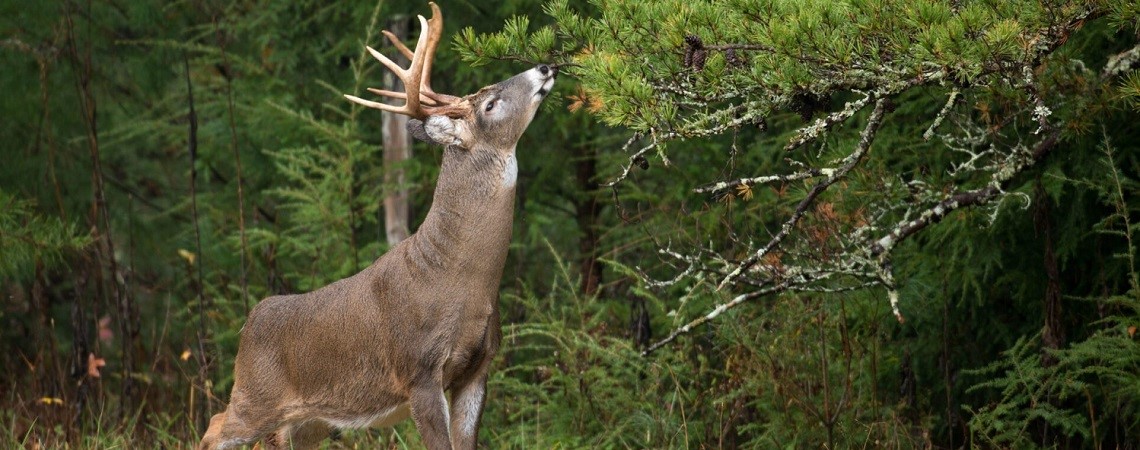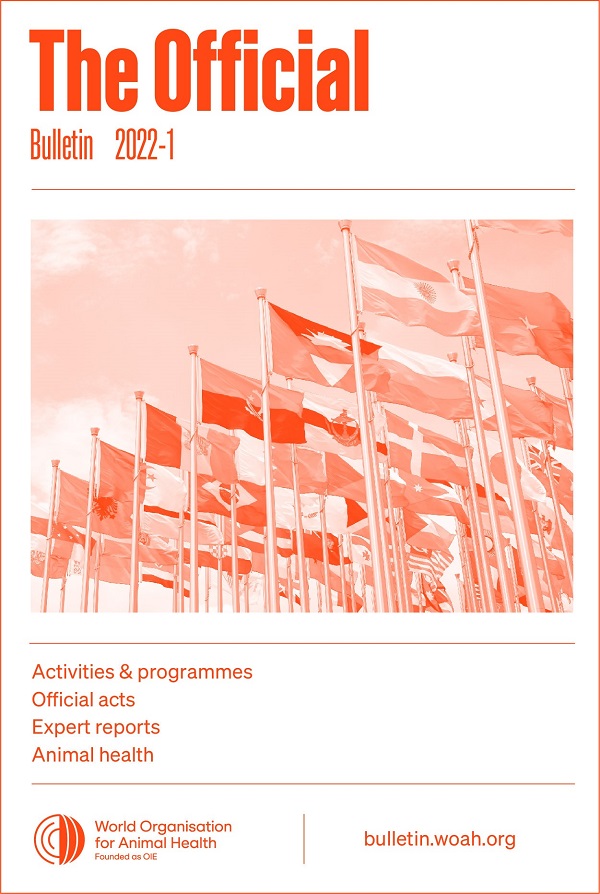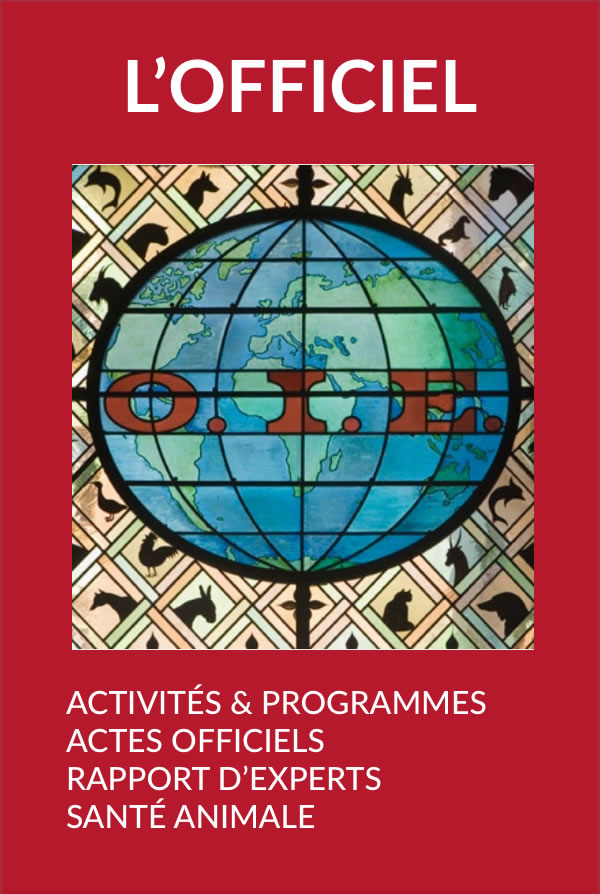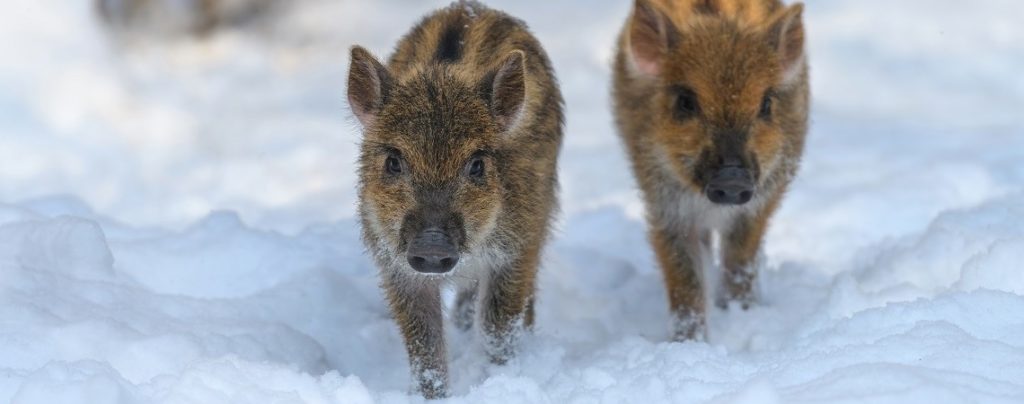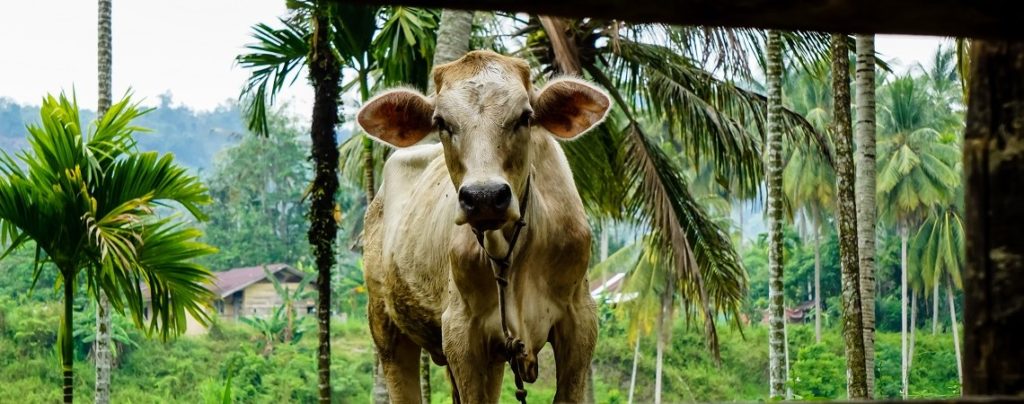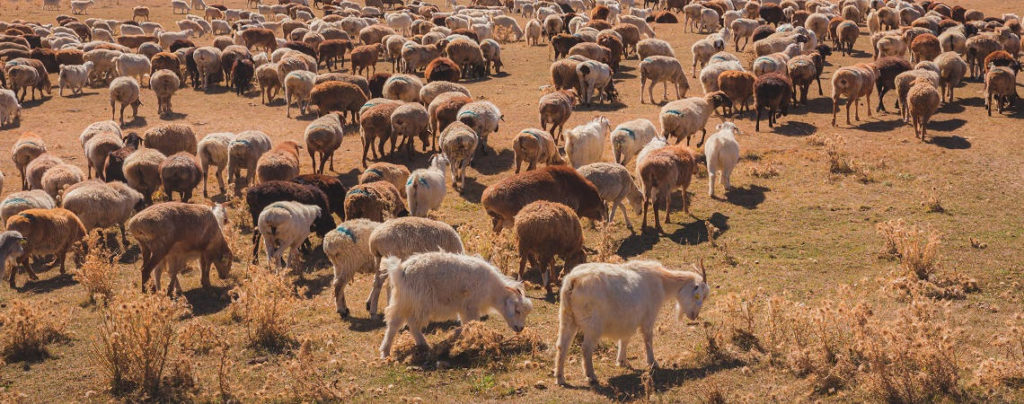Animal Health Posted on 2022-06-27 12:30:13
WOAH statement
WOAH statement on monitoring white-tailed deer for SARS‑CoV‑2
3 December 2021
Keywords
This discovery requires further research to determine if white-tailed deer could become a reservoir of SARS-CoV-2 and to assess other animal or public health implications. As they do not show clinical signs of infection, white-tailed deer should be monitored for the possibility that they might become a silent reservoir.
While there is currently no evidence of transmission of SARS‑CoV‑2 from white tailed-deer to humans, there appears to have been multiple introductions of the virus into white-tailed deer populations by humans. We encourage countries to raise awareness of this issue with both hunters, and those living or working with wildlife, to avoid unnecessary interactions with wildlife and to avoid leaving any human waste or objects in forested areas that may be ingested or touched by deer and other wildlife.
Despite the broad circulation of SARS‑CoV‑2 in white-tailed deer populations, the virus does not appear to have significantly mutated. While this lessens concerns related to the emergence of new virus strains that may be harmful to humans, more information must be gathered to understand the effects of the virus’s introduction to wildlife in the ecosystem. Therefore, the World Organisation for Animal Health (WOAH) calls on countries and other concerned parties to:
- encourage collaboration between national Veterinary Services and national wildlife authorities, whose partnership is key to promoting animal health and safeguarding human and environmental health;
- inform WOAH of current wildlife surveillance and monitoring efforts for SARS‑CoV‑2, including relevant scientific studies concerning white-tailed deer or other cervids through sarscov2@woah.org;
- monitor, and where possible, test cervids populations in all regions to further understand the spread of infection within the while-tailed deer population and among other deer and wildlife species;
- share all genetic sequence data from animal surveillance studies through publicly available databases;
- report confirmed animal cases of SARS‑CoV‑2 to WOAH through the World Animal Health Information System (WAHIS).
Resources
- World Organisation for Animal Health (2021). – Guidance on working with farmed animals of species susceptible to infection with SARS‑CoV‑2. Version 2.1.
- World Organisation for Animal Health (2021). – OIE Wildlife Health Framework. Protecting wildlife health to achieve One Health. Version V17032021.
- World Organisation for Animal Health (WOAH) & International Union for Conservation of Nature (IUCN) (2020). – Guidelines for working with free-ranging wild mammals in the era of the COVID‑19 pandemic. Version 25 August 2020.




